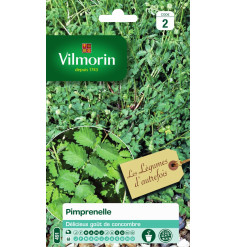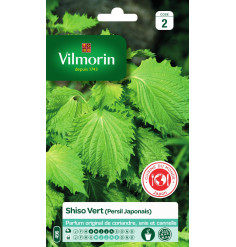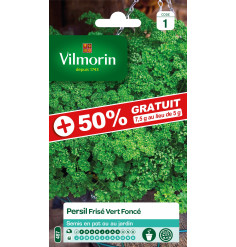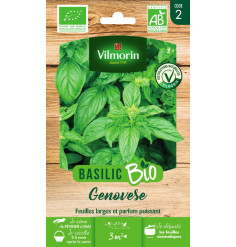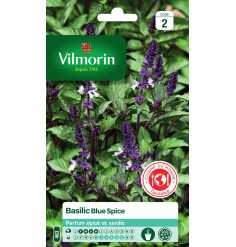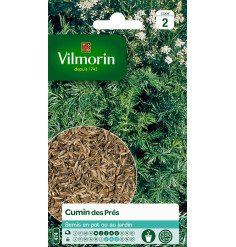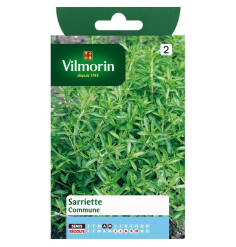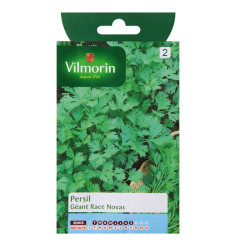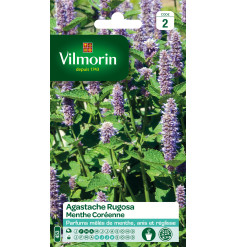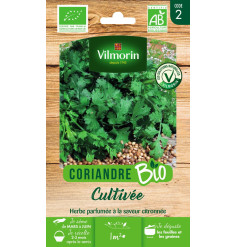

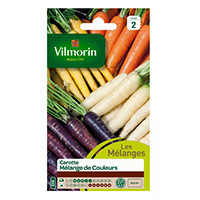
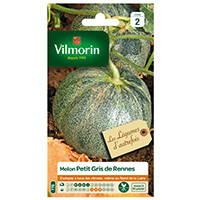


This aromatic plant, the basis of the "fine herbs", fully justifies the etymology of its name which means "rejoicing grass" by its subtle and delicate fragrance that perfectly embellishes cooked dishes.
The chervil enhances the taste of many dishes: salads, soups, and sauces.
Description:
This aromatic plant, the basis of the "fine herbs", fully justifies the etymology of its name which means "rejoicing grass" by its subtle and delicate fragrance that perfectly embellishes cooked dishes.
The chervil enhances the taste of many dishes: salads, soups, and sauces.
Culinary tip:
The chervil enhances the taste of many dishes: salads, soups, and sauces.
Soil tip:
When harvesting, be careful not to damage the young stems to preserve your next harvest.
The chervil likes the slightly shaded exposure.
Culture advice:
1. Sows: Sow all year round in lines 20 cm apart: from mid-March to June in sunny conditions, from July to October in the shade and from November to March under cover.
2. Thinning: At the 4-5-leaf stage, if your seedling is too thick, thin by tearing out the smaller plants.
3. Harvest: Harvest as soon as the strands reach about 10 cm. You can grow chervil all year round in pots or planters on your balcony or indoors.
Plants:
Chervils like the proximity of the salad, which they protect from mildew.
The stages of sowing:


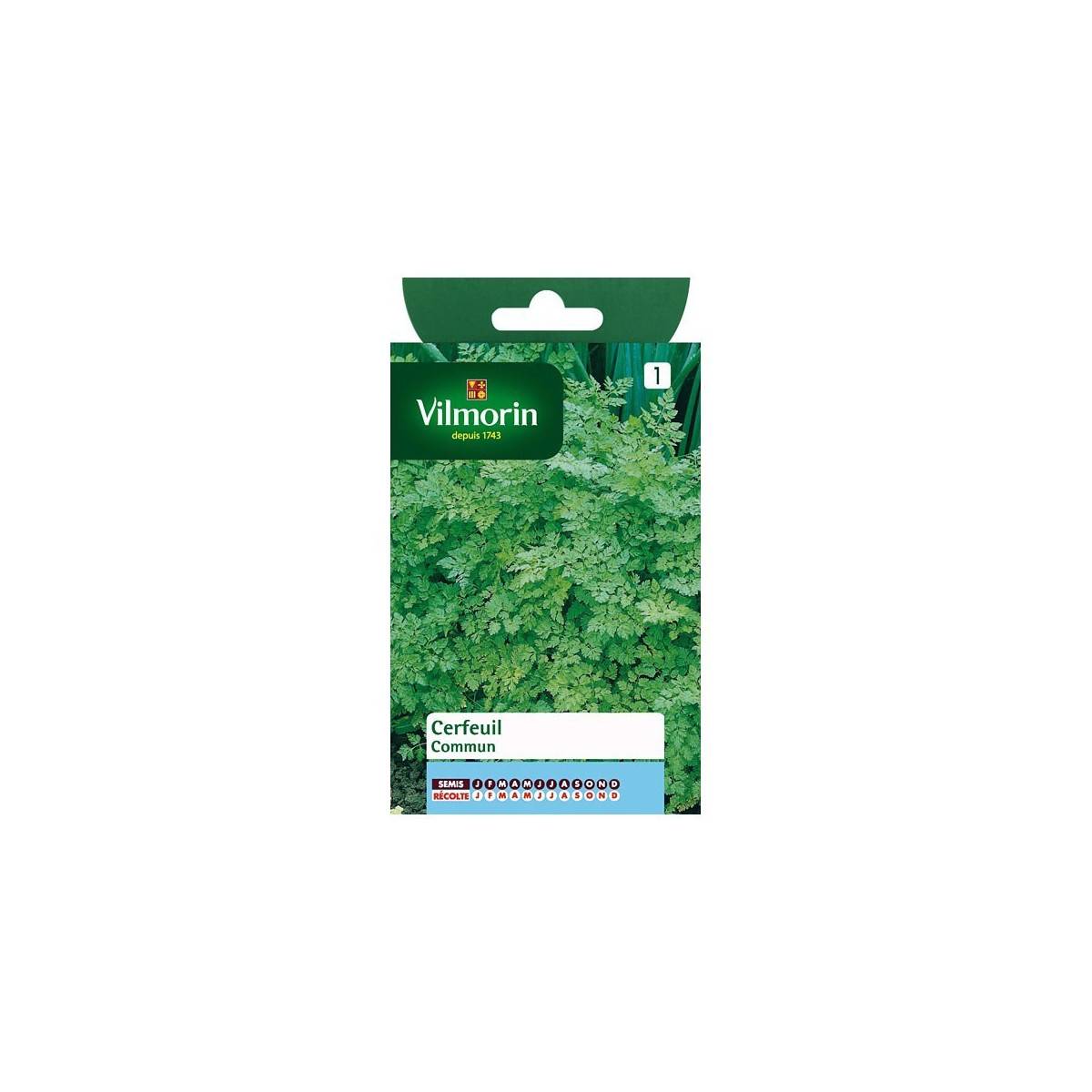
This aromatic plant, the basis of the "fine herbs", fully justifies the etymology of its name which means "rejoicing grass" by its subtle and delicate fragrance that perfectly embellishes cooked dishes.
The chervil enhances the taste of many dishes: salads, soups, and sauces.


